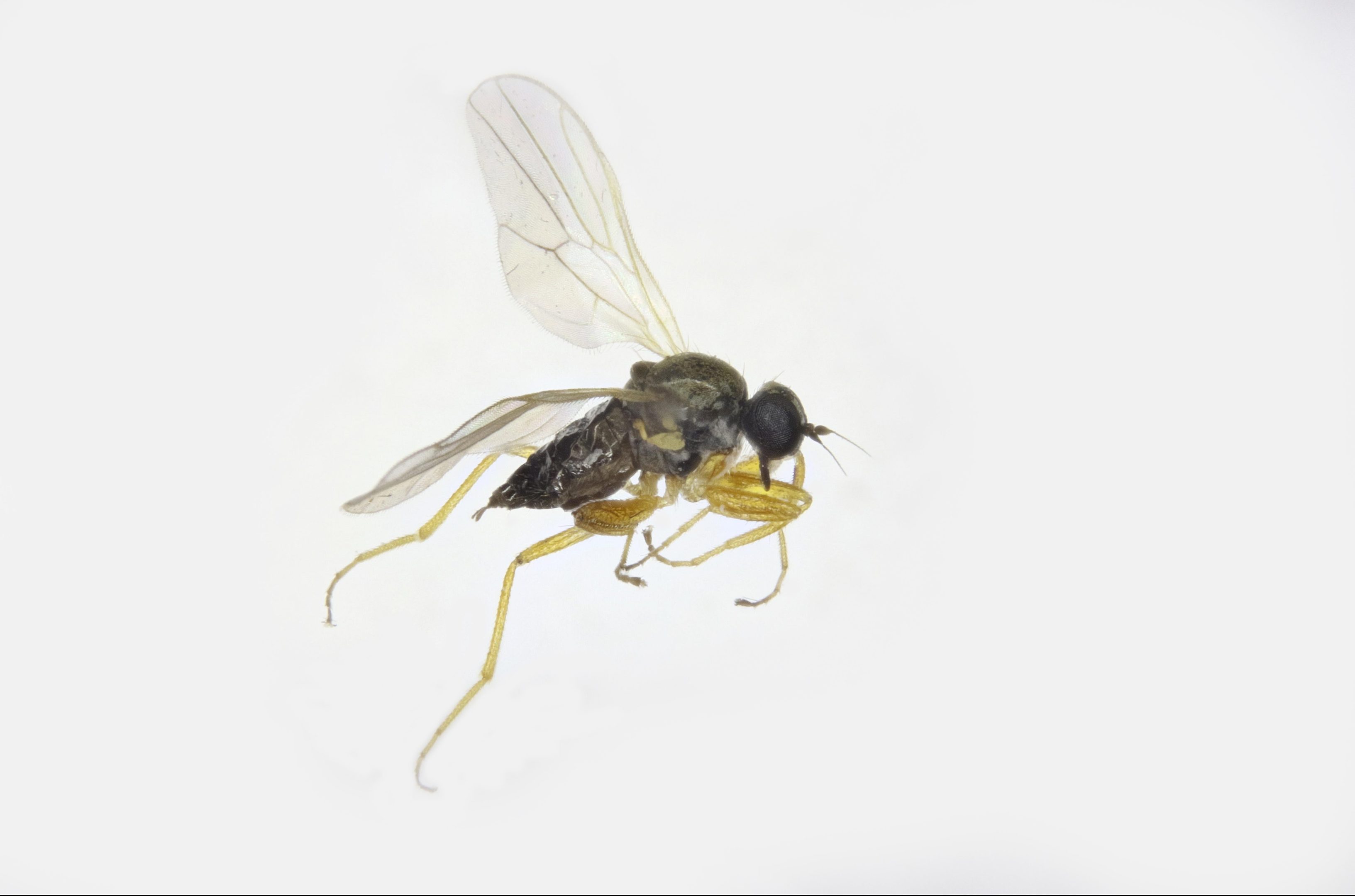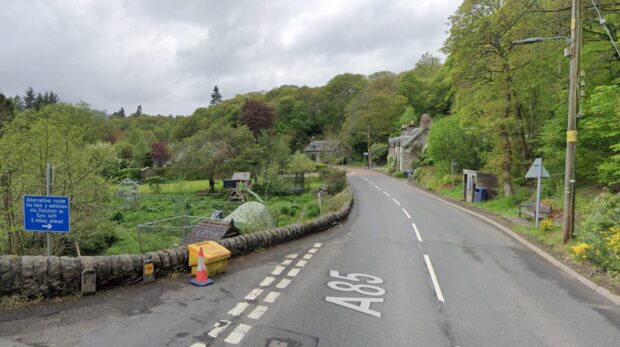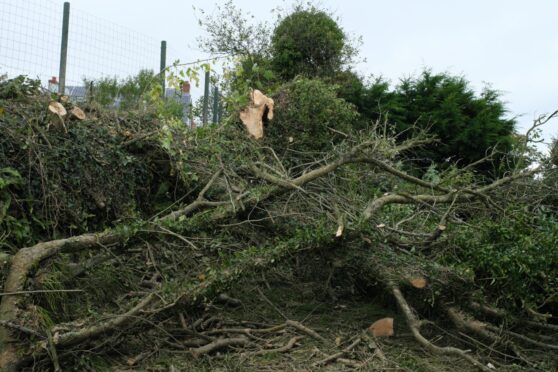Discovering a new species of predator is usually associated with trips to jungles in the far corners of the globe rather than an island in the river Tummel.
Nevertheless the world of insect experts is buzzing after a species of fly has been recorded for the first time in the UK on a Perthshire wildlife reserve.
Two female specimens of Platypalpus aliterolamellatus Kovalev were swept from vegetation on Ballinluig Island, part of the Scottish Wildlife Trust’s Tummel Shingle Islands reserve near Pitlochry.
The discovery was made by Stephen Hewitt, Pelham-Clinton Research Fellow in Entomology at National Museums Scotland, who is studying the flies that live on river shingle-banks.
“The flies are around two millimetres long and need to be identified under a high powered microscope,” said Mr Hewitt.
“They can be distinguished from other flies by looking at the tiny bristles on their heads, and the shape of their legs and feet.
“It wasn’t too surprising to find a new species on Ballinluig Island because it is recognised as one of the best sites of its kind in Britain.
“Shingle banks are a fairly localised habitat that can be damaged by trampling from people and livestock, as well as gravel extraction.
“It’s important to know what is out there so that we can identify the best sites and protect them for the future.”
Scottish Wildlife Trust Reserves Manager Rab Potter said: “The shingle islands on the river Tummel are an ever-changing environment and one of the rarest habitats in the UK. Our reserve supports a huge range of invertebrates and more than 400 different plants, which in turn attracts a wide variety of birds.”
Platypalpus aliterolamellatus Kovalev is a small predatory fly that feeds on other insects. It was first discovered in Russia in 1971, and has been identified elsewhere in Europe including Switzerland and Sweden.
The latest discovery has been published in the Dipterists Digest, the journal of the society for the study of flies.










